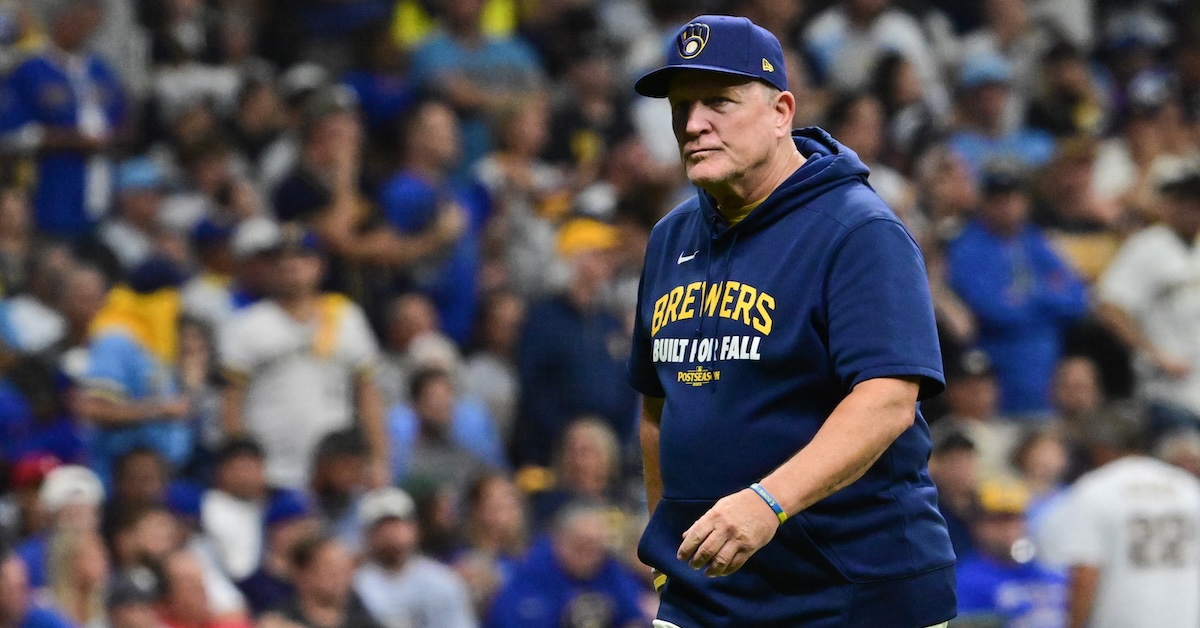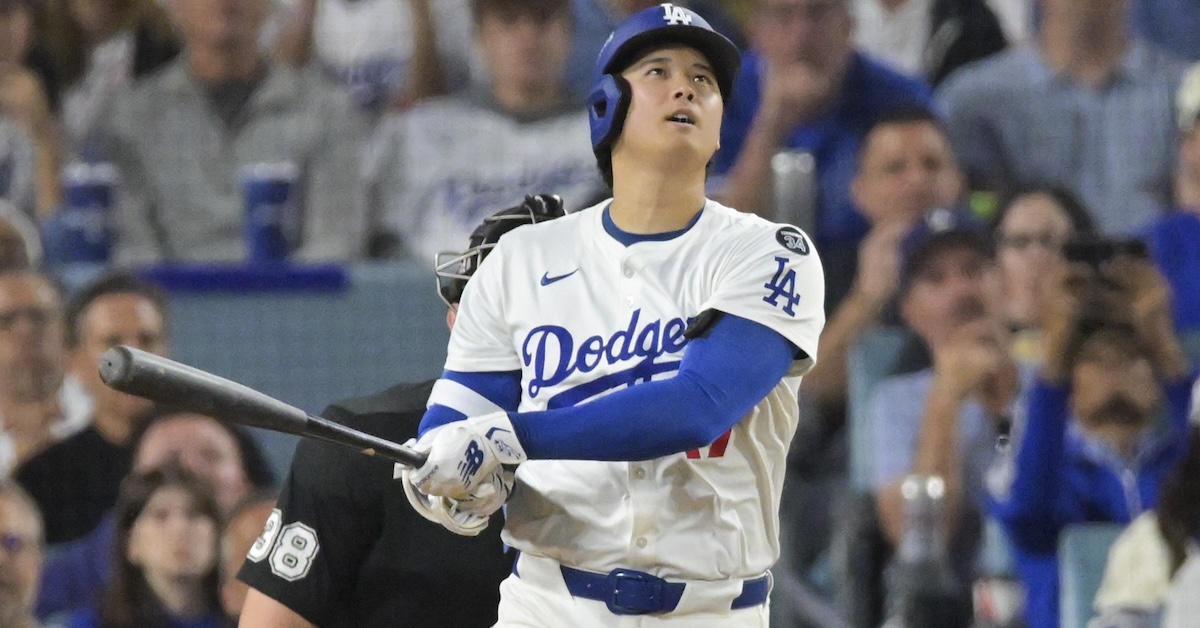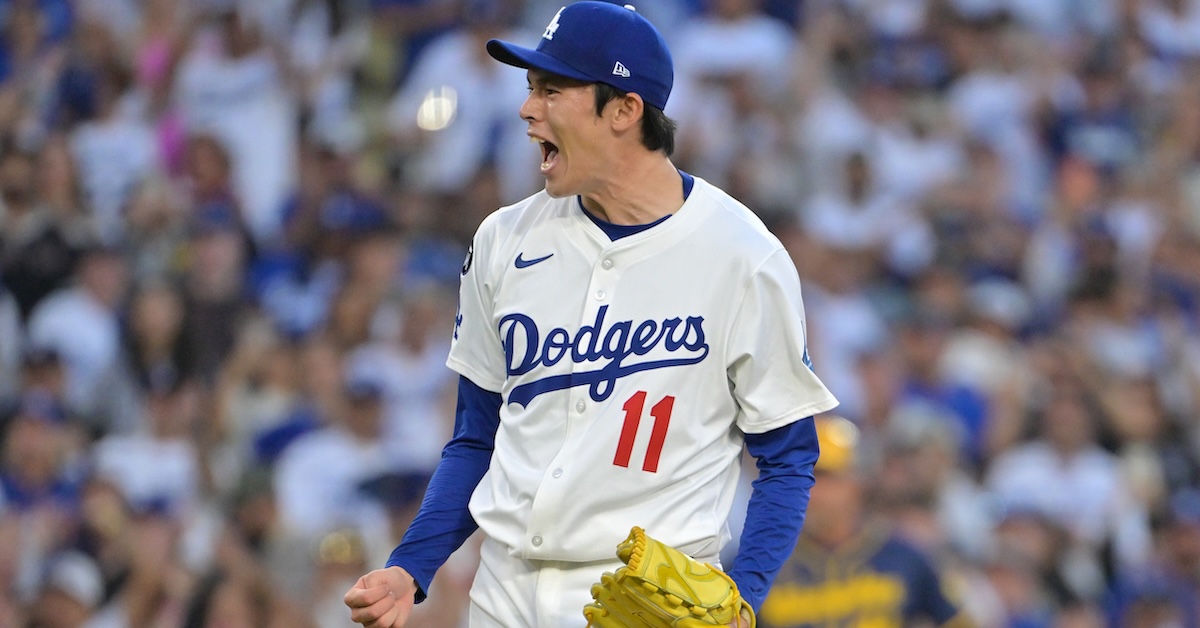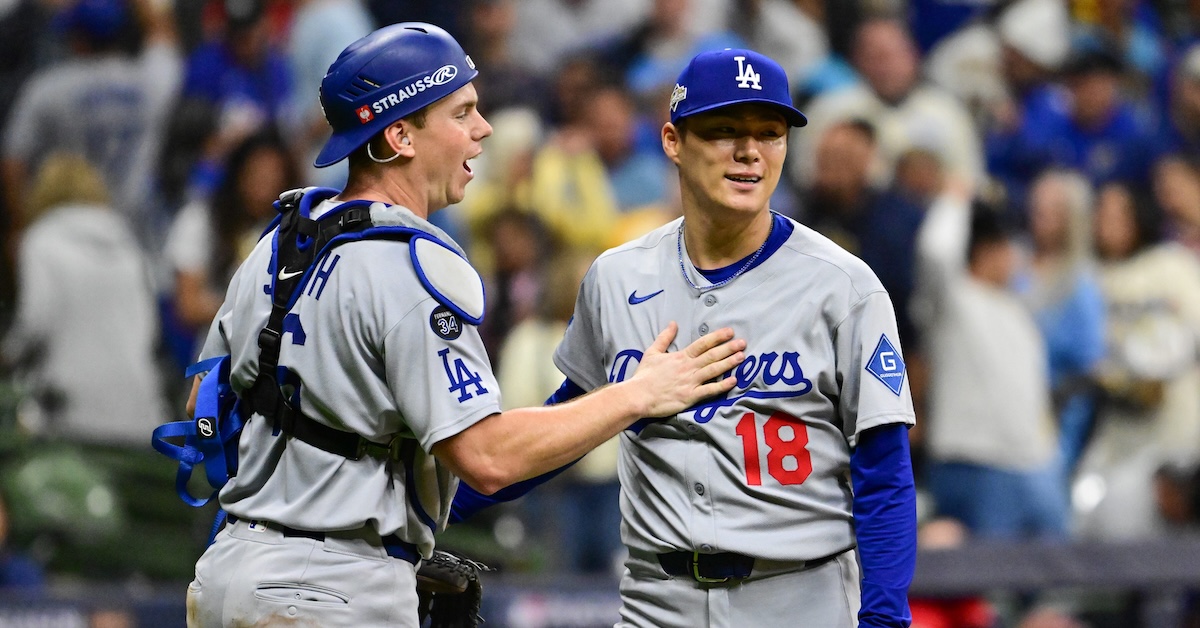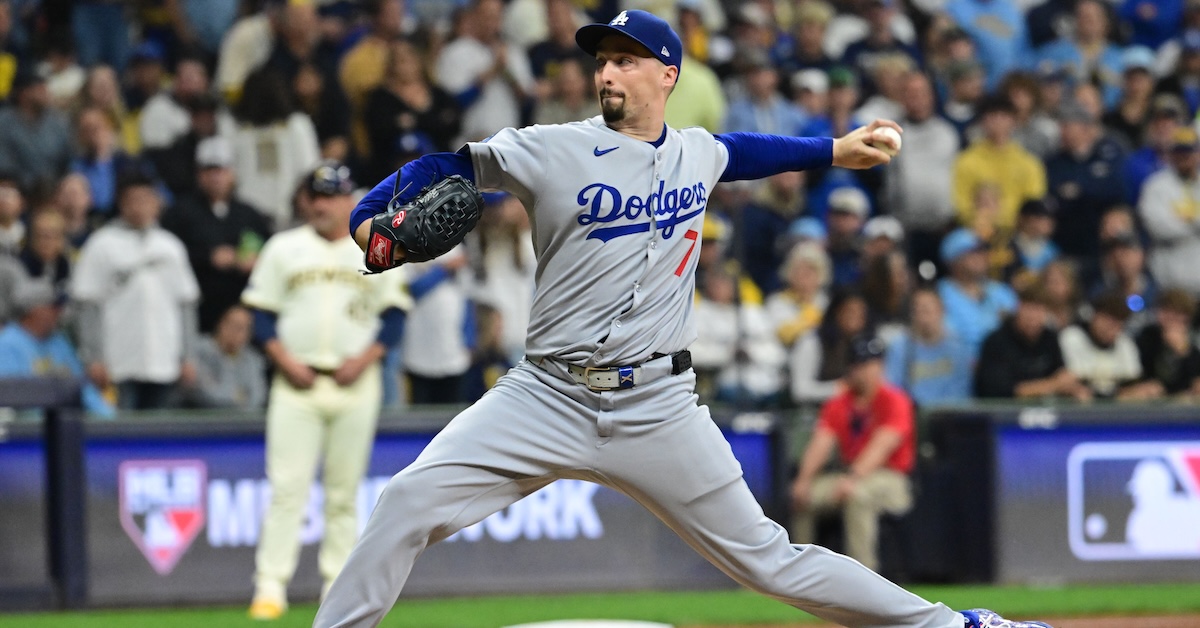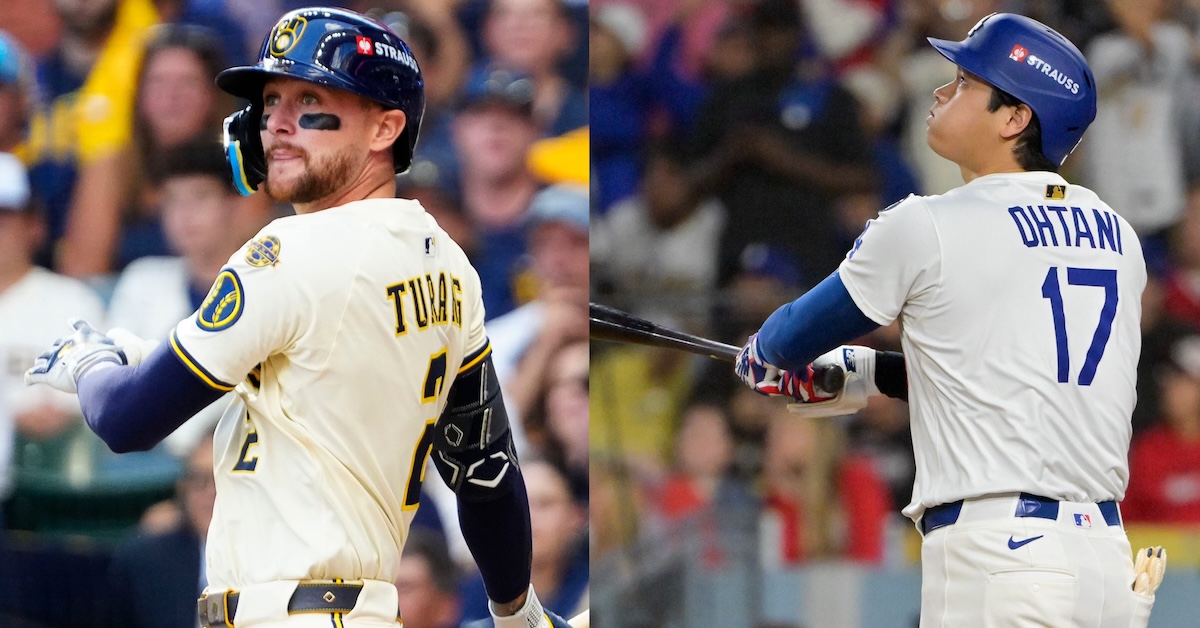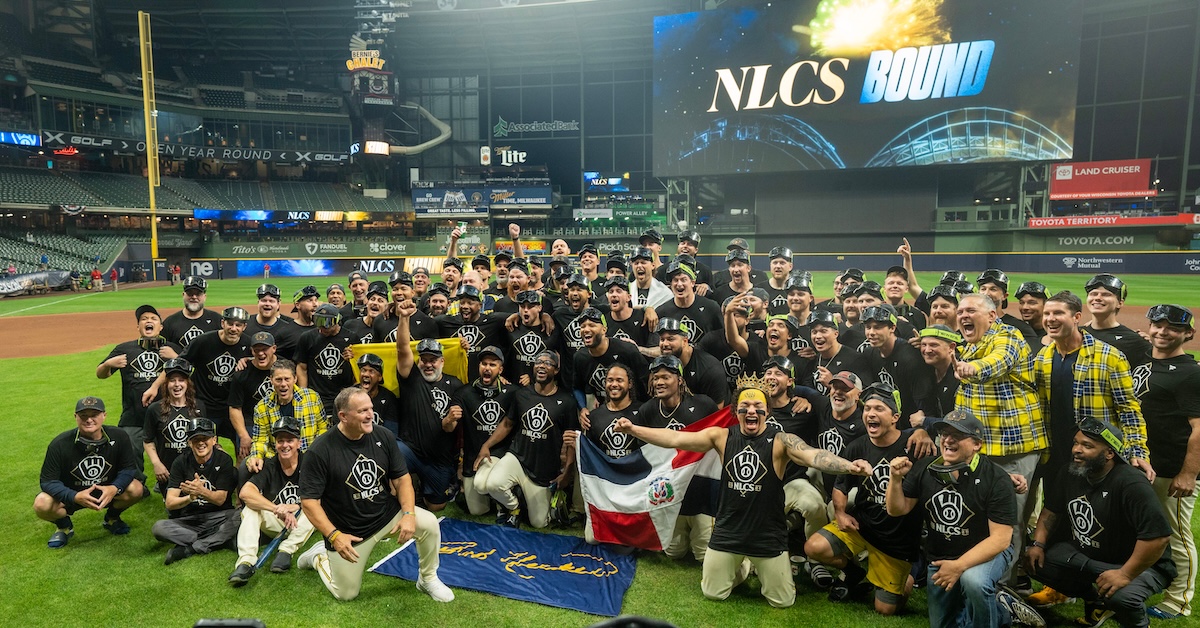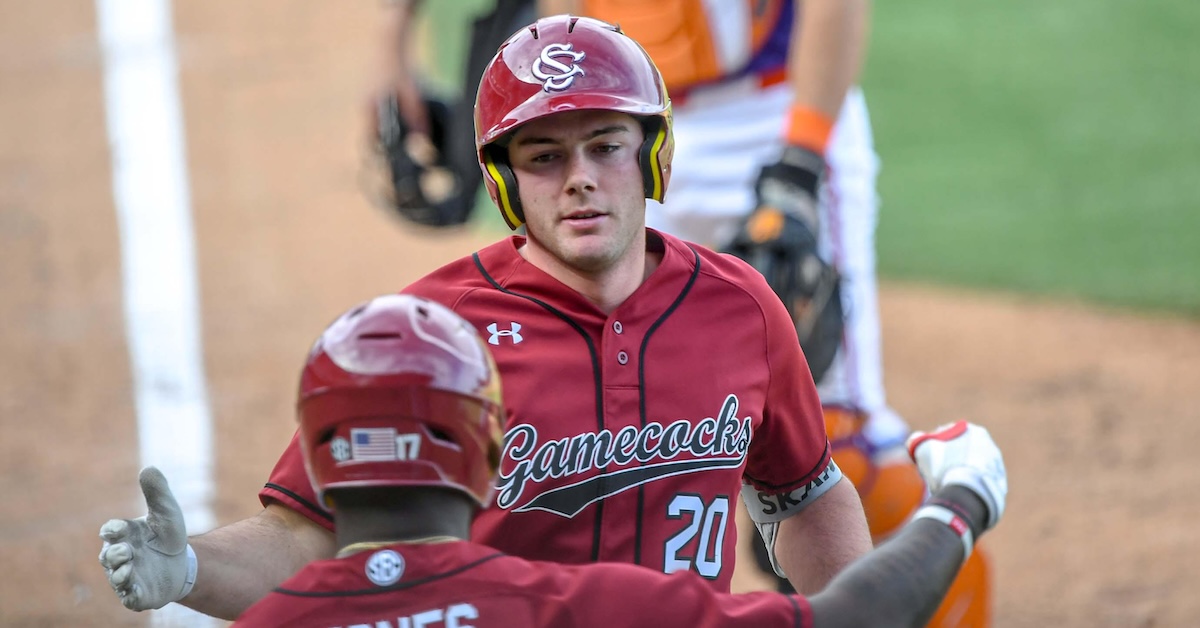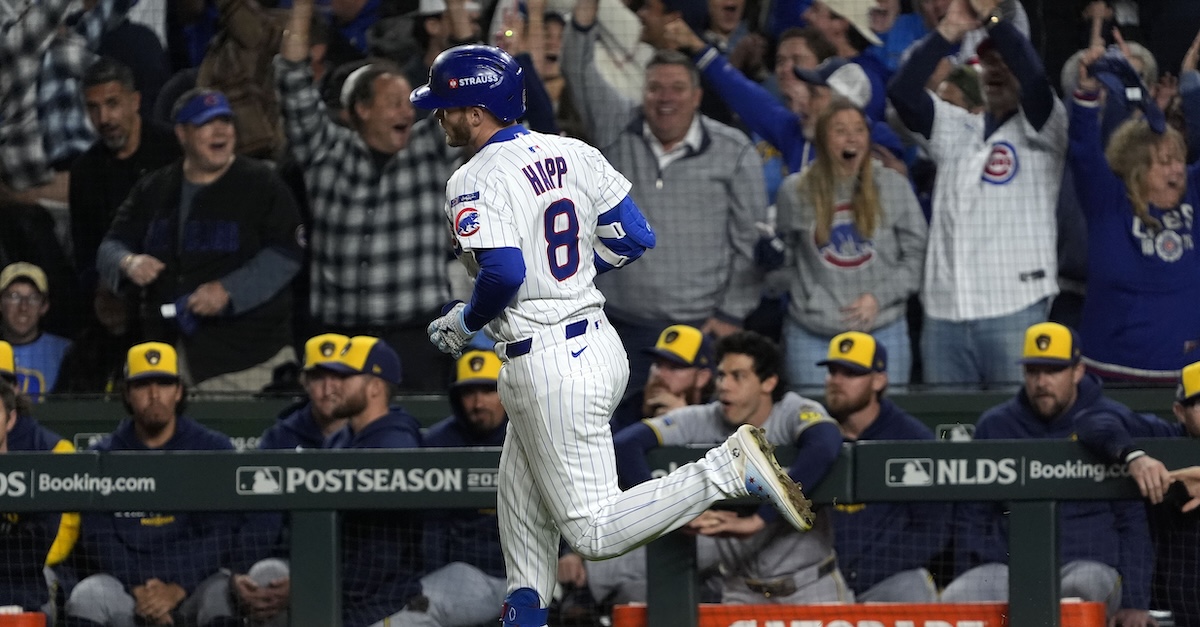The Long and Short of It: A Look at This Year’s Postseason Starting Pitching
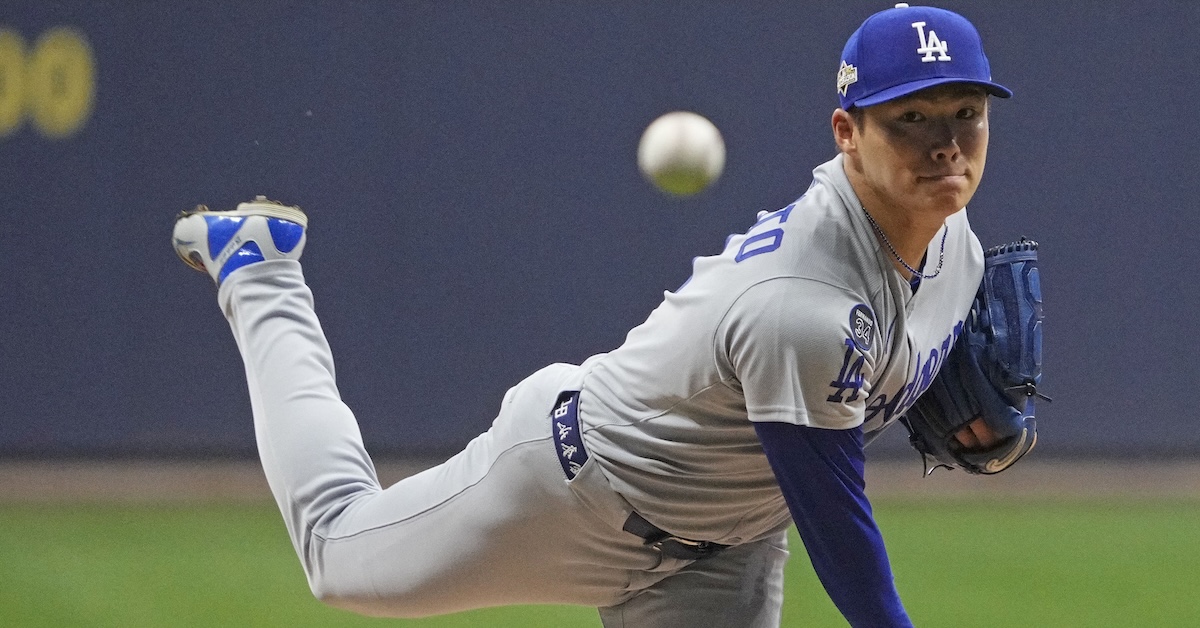
At last, we’ve got a World Series matchup to wrap our heads around. Representing the American League are the Blue Jays, who are back in the Fall Classic — making it a truly international World Series — for the first time since 1993. They’ll face the Dodgers, who are vying to become the first back-to-back champions since the 1999–2000 Yankees. They’re the first defending champions to repeat as pennant winners since the 2009 Phillies, who lost that World Series to the Yankees. If that matchup feels like a long time ago, consider that it’s been twice as long since the Blue Jays were here.
Though the core of the lineup is largely unchanged, this year’s Dodgers team differs from last year’s in that it has reached the World Series on the strength of its starting pitching rather than in spite of it. Due to a slew of injuries in the rotation last year, manager Dave Roberts resorted to using bullpen games four times to augment a rickety three-man staff consisting of Yoshinobu Yamamoto, Jack Flaherty, and Walker Buehler. Even as those starters (or “starters,” in some cases) put up a 5.25 ERA while averaging just 3.75 innings per turn, the bullpen and offense more than picked up the slack, and the Dodgers took home their second championship of the Roberts era.
This time around, with Flaherty and Buehler elsewhere and Blake Snell, Tyler Glasnow, and Shohei Ohtani joining Yamamoto, Dodgers starters have been absolutely dominant, posting a microscopic 1.40 ERA while averaging 6.43 innings per turn through the first three rounds, helping the team to paper over a shaky bullpen. After Snell utterly dominated the Brewers, holding them to just one hit over eight innings while facing the minimum number of batters in Game 1 of the NLCS, Yamamoto followed with a three-hit, one-run masterpiece — the first complete game in the postseason since the Astros’ Justin Verlander went the distance against the Yankees in Game 2 of the 2017 ALCS. Glasnow, who began the postseason in the bullpen, allowed one run across 5 2/3 innings in Game 3 of the NLCS, while Ohtani backed his 10 strikeouts over six shutout innings in Game 4 with a three-homer game in what for my money stands as the greatest single-game postseason performance in baseball history. Read the rest of this entry »

